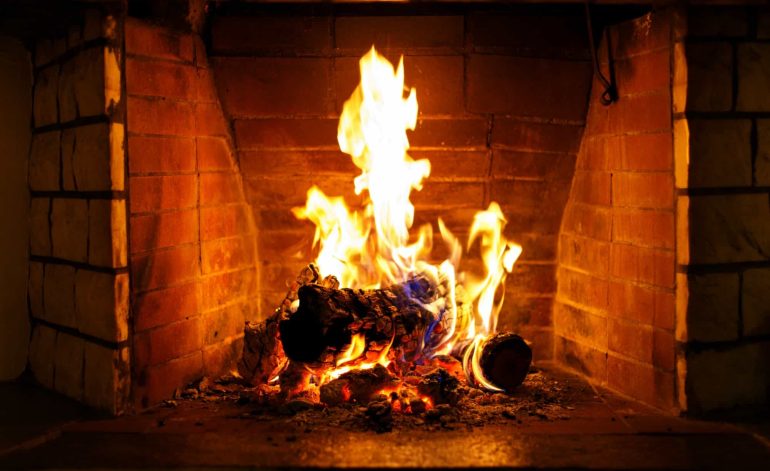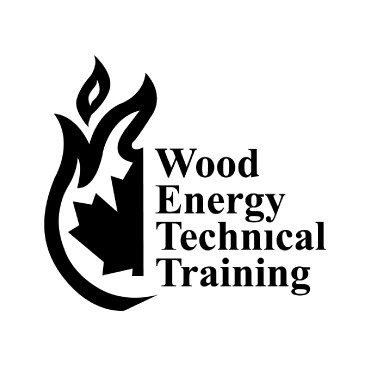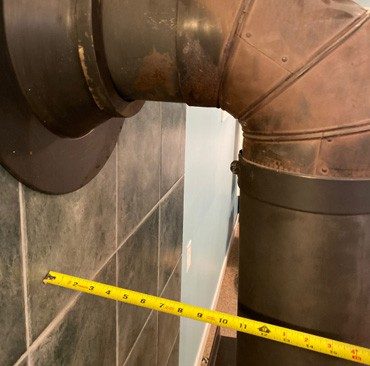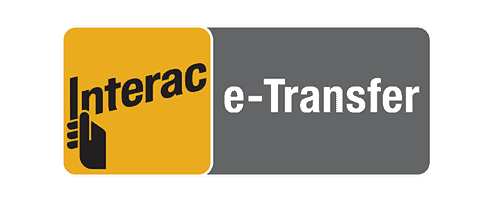Reasons For a WETT Inspection
Real Estate Transactions
Insurance Company Requirements
Home Inspectors Suggestion
Changes to Fireplace or Chimney
New Installation
Homeowner Peace of Mind
Time for a clean?

The Process
Level 1 Inspection:
Visual Inspection: This inspection includes the following:
a. Measurements of clearances,
b. Opening stove doors and all ground-accessible dampers/clean-out doors
c. Visual inspection of the chimney from the ground
d. WETT report documenting all noted deficiencies and red flags that may require a more detailed inspection
e. Easily visible portions of the flue (such as first tiles of an open fireplace or top section if the inspector has accessed the roof)
Level 2 Inspection:
Technical Inspection: This inspection includes the following:
a. All visual elements of the system as indicated in Visual Inspection
b. Hands-on work which may include:
i. Taking apart flue pipes
ii. Opening clean-outs
iii. Entering the attic to view additional system components
iv. Accessing the chimney on the roof
c. Review of condition of components removed or exposed through hands-on work and quantity of creosote noted in components and where visible in chimney sections
d. All observations and recommendations documented on WETT Inspection forms, including work completed and areas accessed, along with all mandatory photos.
What is Required to Perform a WETT Inspection?
What To Expect From a WETT Inspection
Level 1 Inspection:
- This inspection is performed by a WETT Certified technician or chimney sweep.
- “Readily accessible” visible components of your wood-burning system are visually inspected by our trained and certified professionals.
- Measurements are taken to ensure that the installation meets or exceeds code and/or manufacturers requirements.
- We then provide you with the information about certification label markings along with the manufacturer name or code references related to the install.
Level 2 Inspection:
- This inspection is performed by a WETT Certified technician or chimney sweep.
- This is an inspection of your full system and “accessible” parts.
- Measurements are taken to ensure that the installation meets or exceeds code and/or manufacturers requirements.
- We then provide you with the information about certification label markings along with the manufacturer name or code references related to the install.
- More in-depth details concerning all accessible parts, including the chimney cap and an inspection from the roof.








